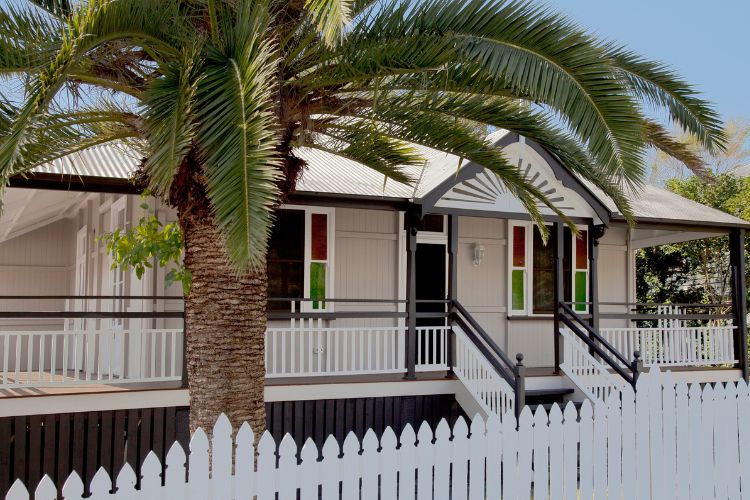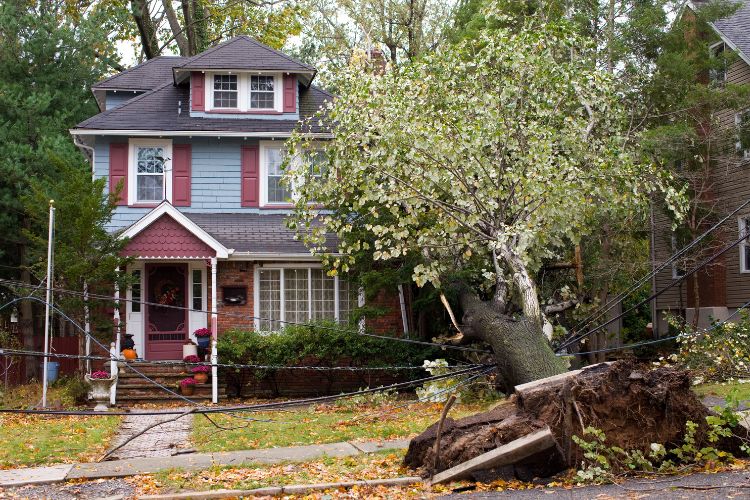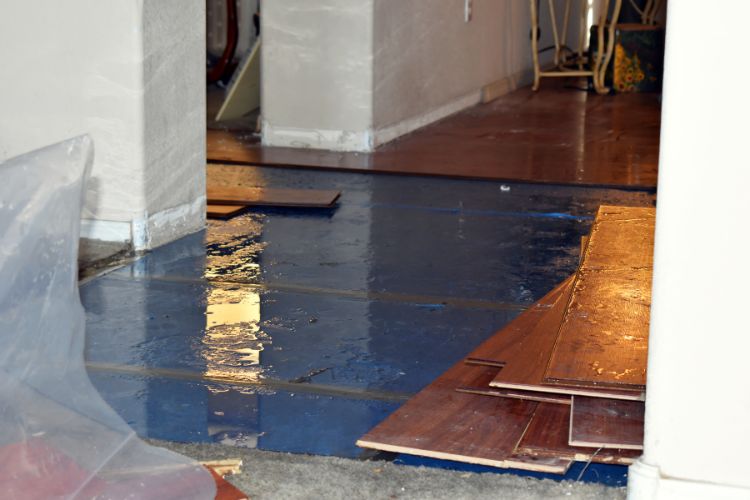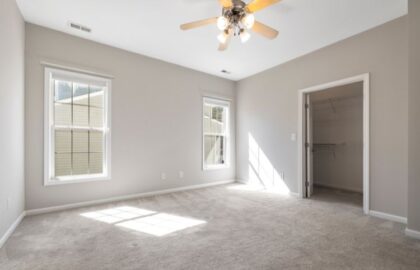
As a landlord in Queensland, protecting your rental property investment is crucial. Landlord insurance can provide valuable coverage, but understanding the cost and what’s included can be tricky.
In this guide, we’ll dive into the average cost of landlord insurance in QLD, the key coverages you should consider, and tips to find the right policy for your financial situation.
Whether you’re a first-time landlord or have a portfolio of investment properties, this information will help you make an informed decision and feel confident in your rental property protection.
Let’s get started!
How Much Does Landlord Insurance Cost in QLD?
The cost of landlord insurance in Queensland can vary, but on average, landlords in the state can expect to pay around $186 per month for their coverage.
However, several factors can impact the actual premium, such as the property’s location and the specific coverage options selected.
Due to Queensland’s unique weather risks, landlord insurance premiums in the state may be higher compared to other regions. Typical premiums can range widely based on the property’s location and the landlord’s coverage needs.
For houses, the average annual landlord insurance premiums in Australia range from $1,544 in South Australia to $5,159 in North Queensland. For rental units, the premiums range from $319 in Tasmania to $647 in North Queensland.
Ultimately, the actual cost will depend on the individual property’s details and the insurance provider’s offerings, with some policies starting as low as $120.37 per month.

What Factors Influence the Cost of Landlord Insurance in QLD?
Understanding the following key factors can help landlords and property managers find the right balance between protection and cost.
Property Location and Crime Rates
The location of your rental property in Queensland can significantly impact the cost of your landlord insurance.
Landlord insurance premiums tend to be higher for properties situated in areas with higher crime rates, as insurers view these as higher-risk areas prone to burglary, vandalism, and other malicious damage.
Natural Disaster Risks

Queensland’s susceptibility to extreme weather events, such as floods, bushfires, and cyclones, can also drive up landlord insurance costs.
Properties located in high-risk disaster zones often face higher premiums to account for the increased likelihood of damage from these natural occurrences.
Additionally, some policies don’t cover damage done by storm surges, rainwater run-off, and flooding. They might offer optional cover, however, at an extra cost for you.
Number of Rental Properties
The number of rental properties you own can affect your landlord insurance costs. Some insurers offer multi-policy discounts, meaning landlords with multiple investment properties may qualify for reduced premiums compared to those with a single rental.
Property Condition and Rental Income
Other factors that can influence landlord insurance costs in Queensland include the age and overall condition of the rental property, the type of tenants occupying it, and the expected rental income.
Older properties, higher-risk tenants, and properties generating more rental income may result in higher insurance premiums.
The level of coverage and excess chosen can also impact the overall cost of landlord insurance. More comprehensive policies with lower excesses tend to have higher premiums, while policies with higher excesses may be more affordable.
What Does Landlord Insurance Cover?
Landlord insurance policies in Queensland typically provide a range of coverages to protect rental property owners. You or the property manager responsible will have to choose a policy that’s best tailored to your needs as a landlord.
Malicious Damage and Theft Protection
Landlord insurance can cover theft or malicious damage caused by tenants or their visitors, safeguarding your rental property and potentially your rental income if tenants fail to pay rent or breach their lease agreements.
Liability Cover
Liability cover is a crucial aspect of landlord insurance, helping to pay for legal fees and compensation if someone sustains a physical injury on your property because of you, like slipping on a wet surface.
Property Damage Coverage

Landlord insurance policies commonly offer protection against various events that can damage your rental property, including storm and rainwater damage, fire, water leaks, malicious acts, theft, and impact damage, although the exact coverage may vary by policy.
Rental Income Protection
Landlord insurance can include cover for loss of rent if your property becomes uninhabitable due to an insured event, such as storm or fire damage, providing important financial protection for landlords.
How Does Landlord Insurance Differ From Homeowners Insurance?
Landlord insurance differs from homeowners insurance as it is specifically designed for landlords who rent out their properties to tenants.
While homeowners insurance covers the property where the owner resides, landlord insurance extends coverage to properties rented out to tenants, providing protection for the building, contents, and potential loss of rent.
One key difference is that landlord insurance typically includes cover for landlord-specific risks like unpaid rent and malicious damage caused by tenants, which are not covered by standard homeowners insurance policies.
While the cost of landlord insurance may be higher than homeowners insurance due to the added protections and risks associated with renting out property, it offers essential coverage for landlords to safeguard their investment.
FAQs
Is landlord insurance tax deductible in QLD?
Yes, landlord insurance premiums can be tax deductible in Queensland if they directly relate to producing rental income and protecting the landlord’s investment risks, such as loss of rent, tenant damage, and legal liability cover. However, premiums covering the property structure are not deductible.
What can landlords claim on tax in QLD?
Landlords in Queensland can claim a range of tax deductions related to their rental property, including interest on the mortgage, council rates paid during tenancy periods, land tax, repairs and maintenance costs, and property management fees. Proper apportionment is required for policies covering both investment and private assets.
Is landlord insurance mandatory in QLD?
While landlord insurance isn’t legally required in Queensland, it’s highly beneficial for protecting against potential financial losses from various rental property risks.
The Verdict
Landlord insurance is an essential protection for rental property owners in Queensland. While the exact cost can vary widely based on factors like location, property condition, and coverage needs, the average monthly premium in the state is around $186.
By understanding the key coverages and potential tax deductions, landlords can find the right policy to safeguard their investment and manage their financial risk effectively.







